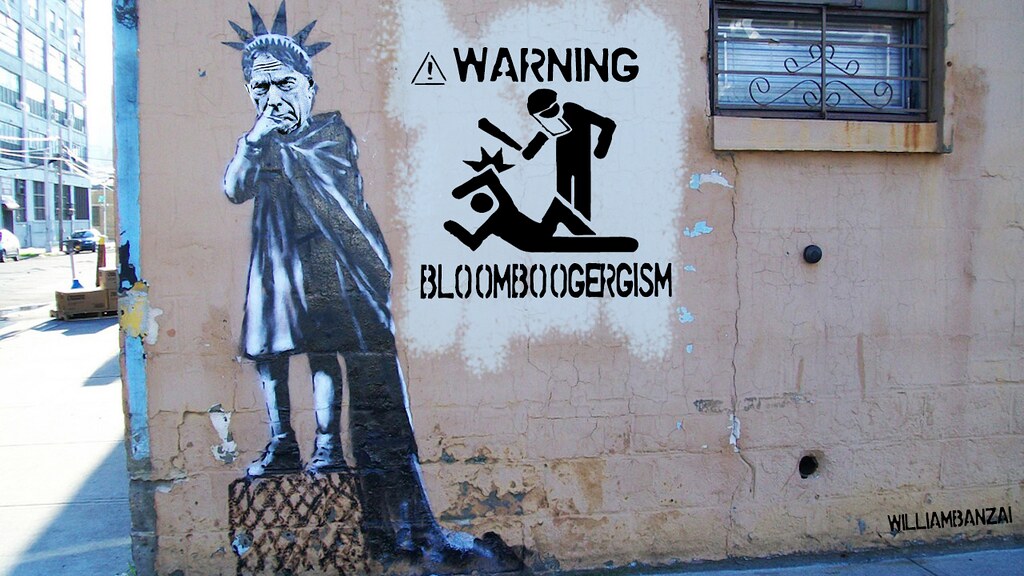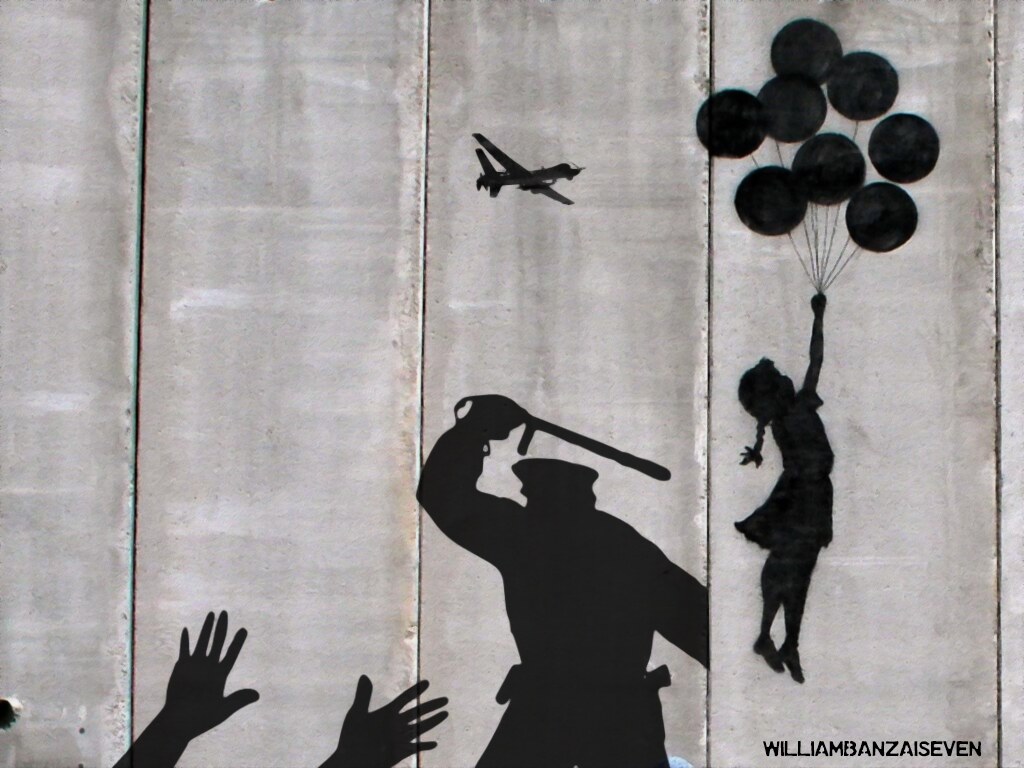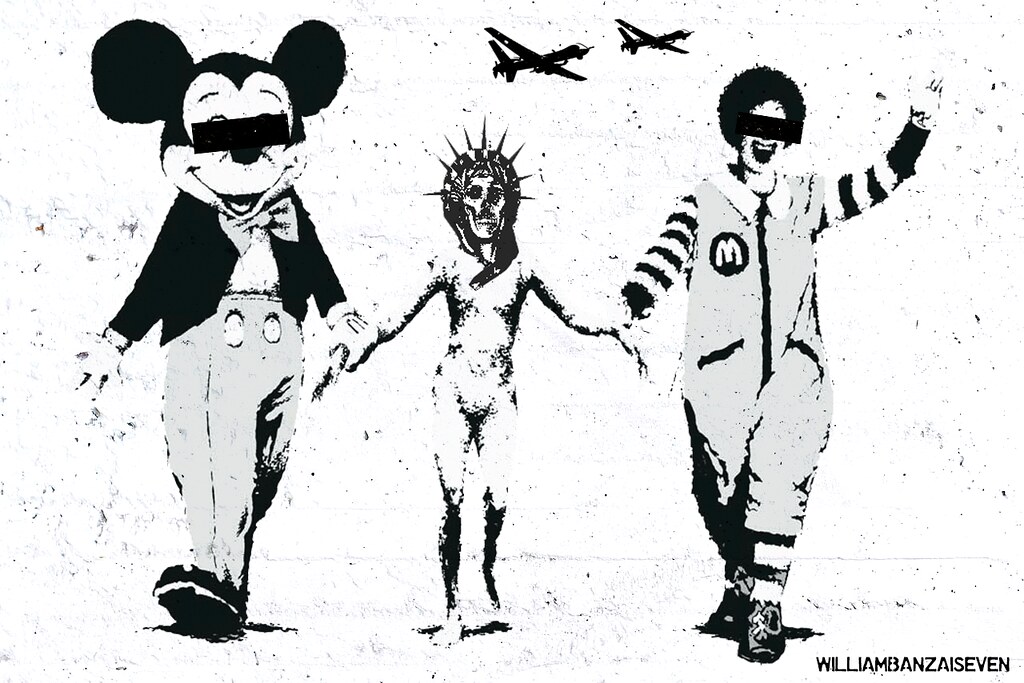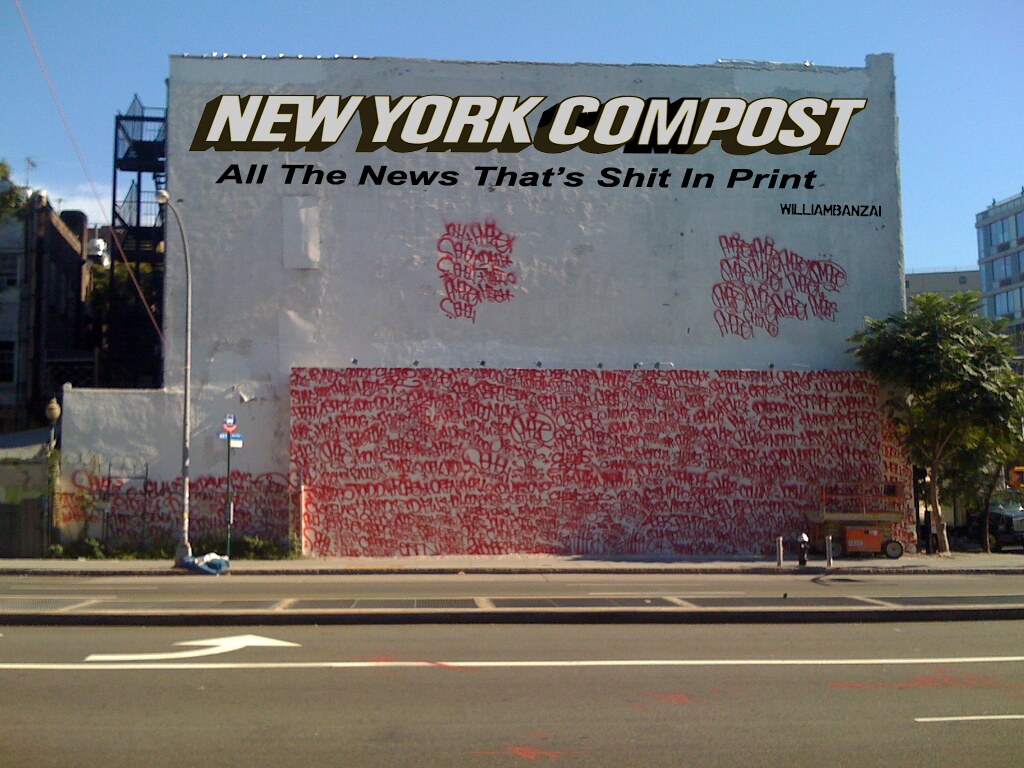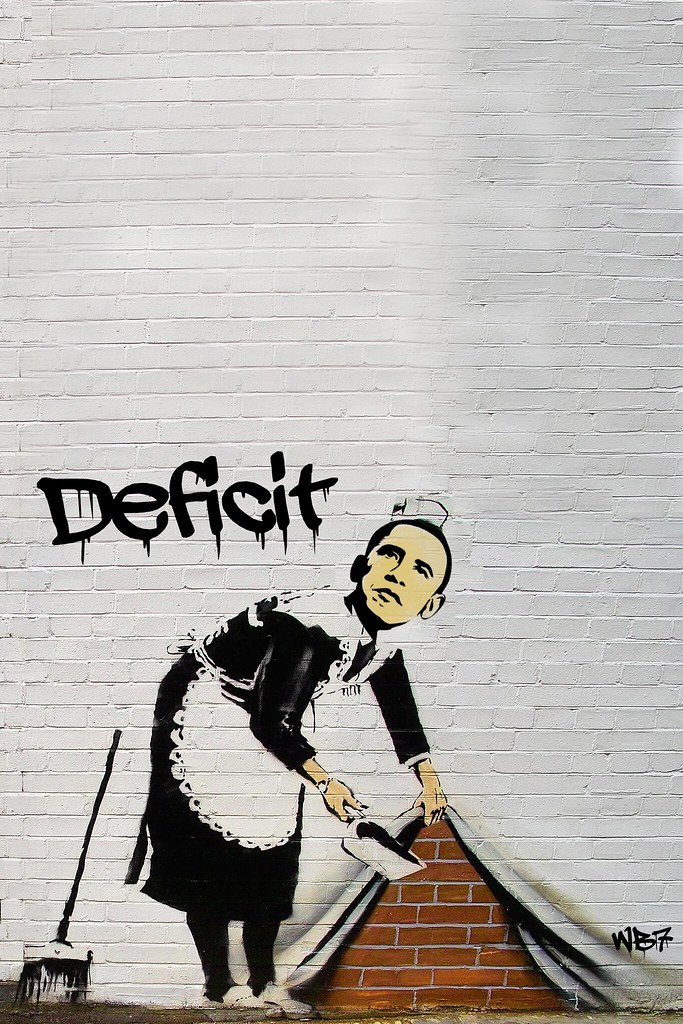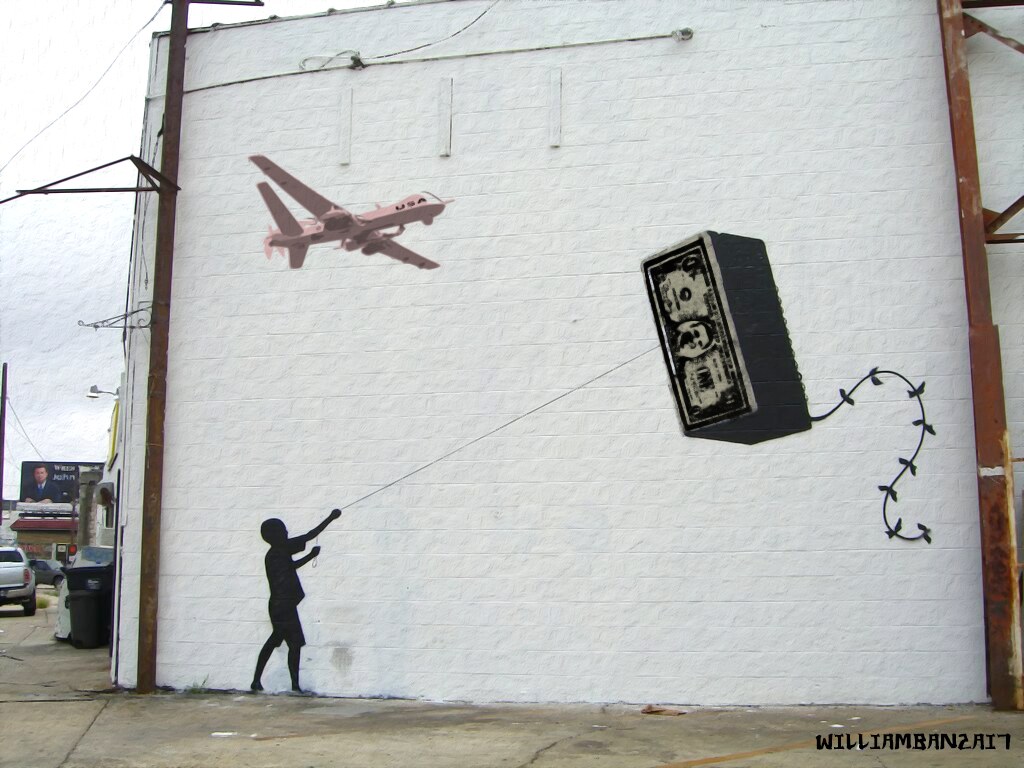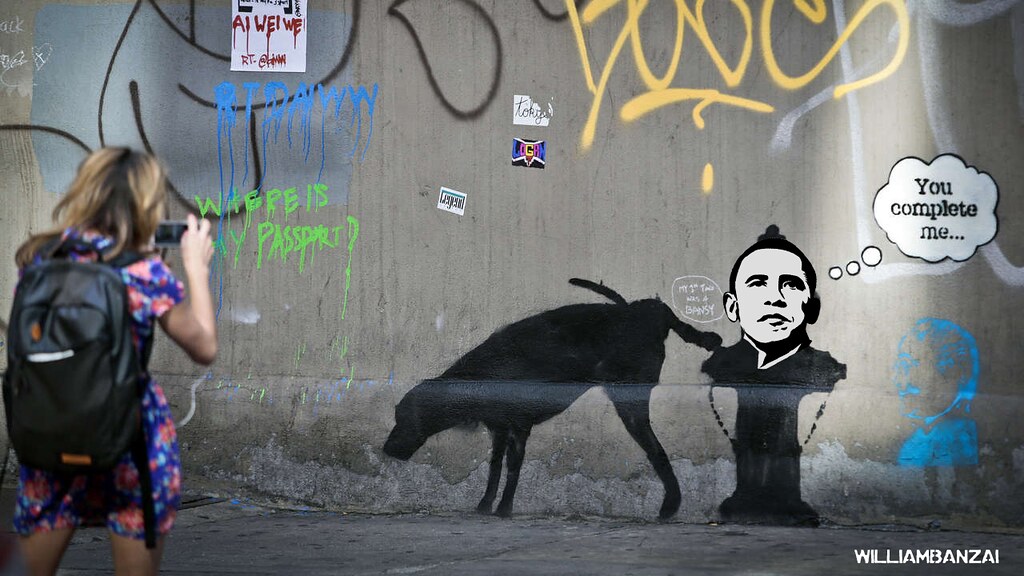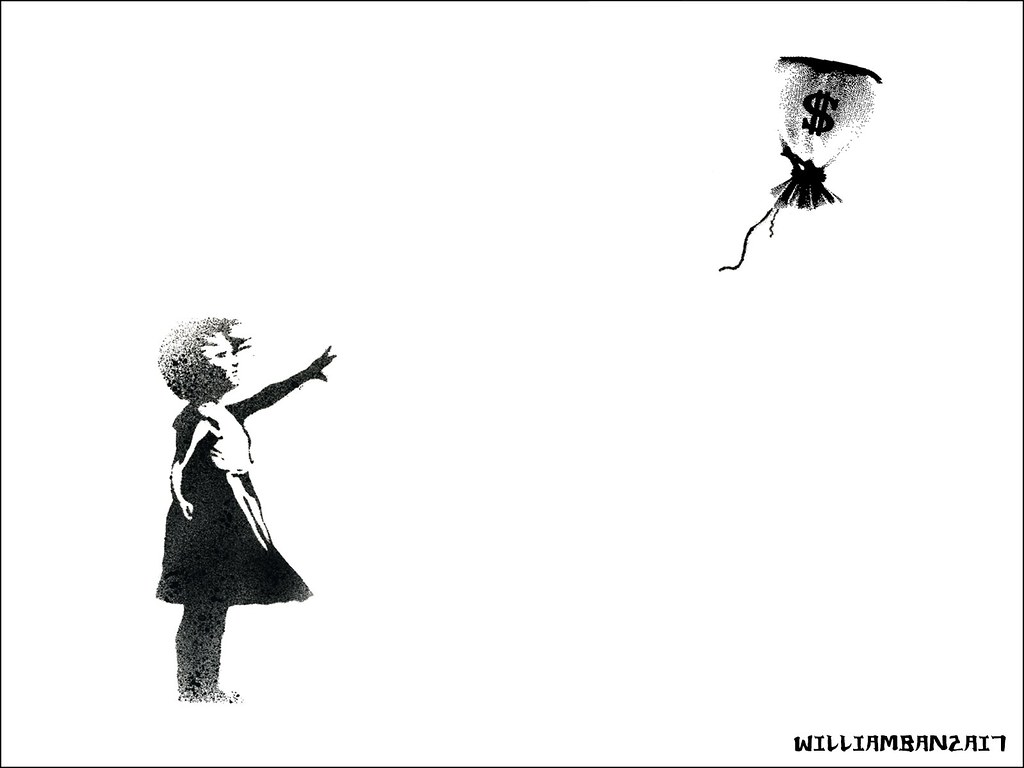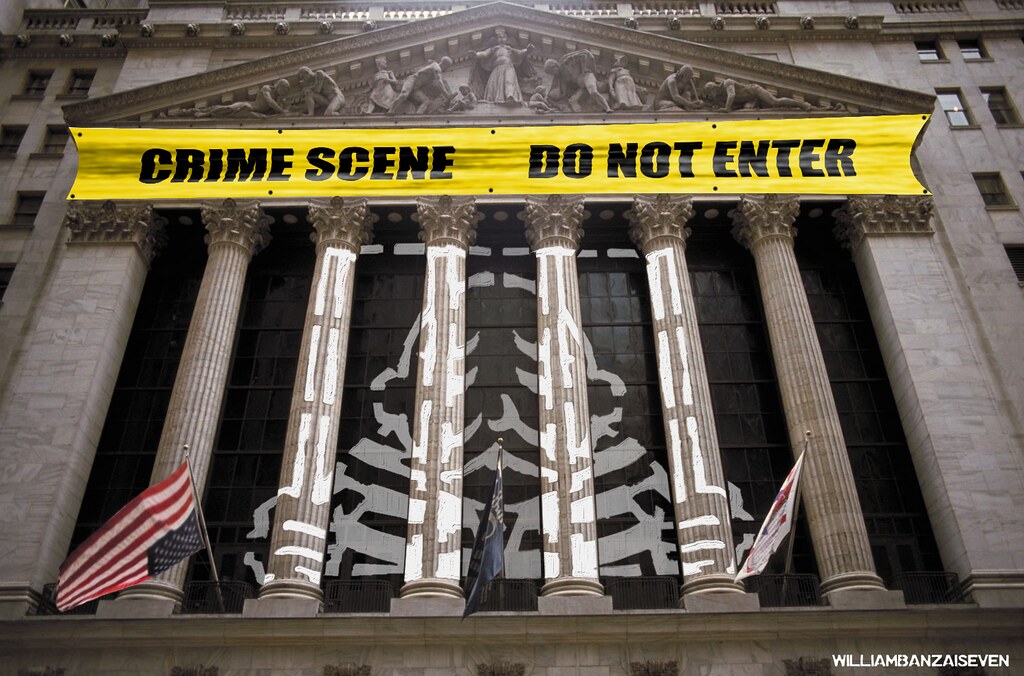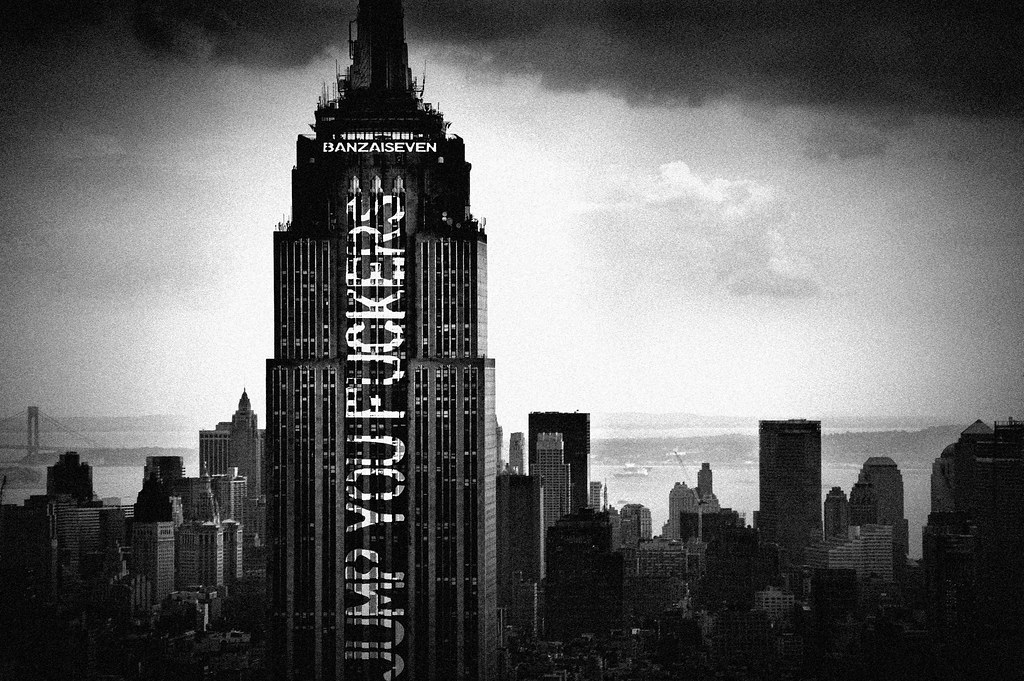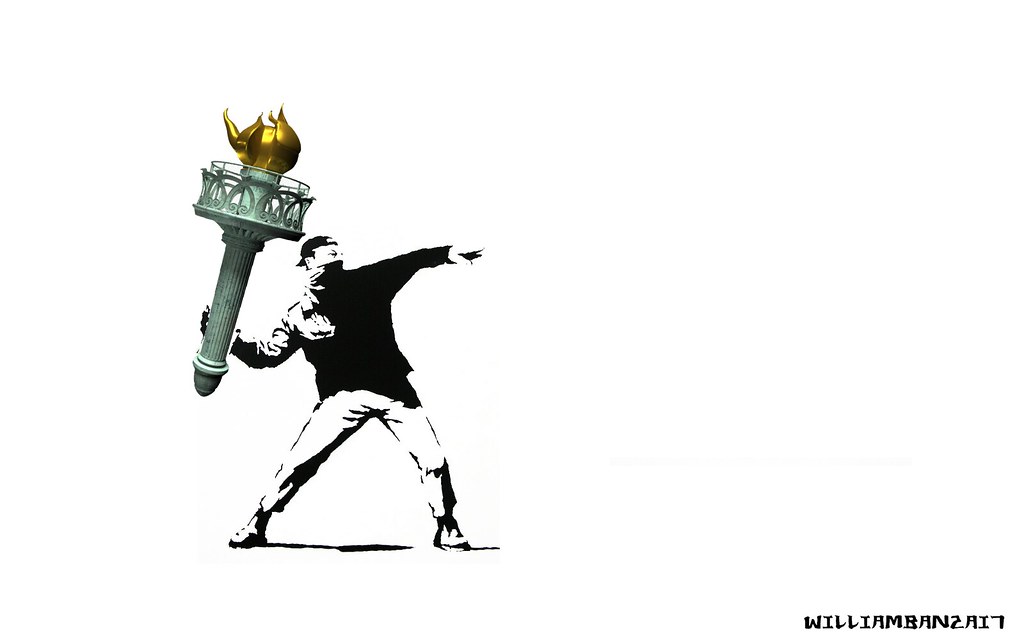As we sit in our comfortable living rooms, loafing back into our sofas, munching on a bar of chocolate and slurping down the coffee whilst checking the smartphone for message most of us have little idea that the chocolate, the coffee and the smartphone were made by resorting to indirect slavery quite probably. Whether we like it or not, we are contributing to the indirect slave trade of the companies that provide those things and many more to us. Whether we like it or not we are directly contributing to slavery because there are slaves employed in our own back yard still today.
Global Slavery Figures
- There are 29.8 million slaves in the world.
- They mostly work in developing and emerging countries producing goods that are destined for the Western world and our own markets.
- Those 29.8 million people account for 1.82% of world population today.
- India is the worst country in the world for the total number of slaves.
- There are 14 million of them.
- China comes in way behind and in second place with 2.9 million of them.
- Pakistan has 2.1 million slaves.
- Mauritania has the highest ratio of slaves to the population.
- The total population stands at 3.4 million and 4.3% are enslaved people.
The top ten countries that make up 76% of all of the enslaved people in the world are:
- India
- China
- Pakistan
- Nigeria
- Ethiopia
- Russia
- Thailand
- Democratic Republic of Congo
- Myanmar
- Bangladesh
The USA is 139th on the list out of a total of 162. The UK is 160th.
India is the worst country in the world for slavery today. Perhaps if they were to ratify the Worst Forms of Child Labour Convention, then they might be able to deal with that problem. Bonded labor might have been outlawed as from 1976by the Bonded Labour System (Abolition) Act 1976, but it has rarely been enforced.
But there are slaves working in the Western world too such as the forced laborers that are made to work on the cannabis farms in the UK. For the first time, the Global Slavery Index has been published this year and it is a telling story of the misery not only of the developing world, but of our own countries. It’s a quantitative index of 162 countries which means that it accounts for almost the entire world population. . Until this report was published estimates stood only at roughly 10 million under the 29.8-million estimate of the Global Slavery Index. Previously, the method of calculation did not include forced labor and did not consider that human trafficking was part of slavery. The Index also uses forced servile marriage and debt bondage in the calculation.
The Global Slavery Index estimates that there is a margin of error of between 5% and 10% and they hope that it will be a “wake-up call” to governments around the world. It is however highly unlikely that this will become reality.Governments in the West remain complacently asleep when it comes to slavery in their own back yards and certainly even more so with other countries that are toiling away for us.
Endemic cultural problems have maintained people entrapped in slavery in countries like India due to caste issues (despite that officially having been abolished (at least Article 17 of the Indian Constitution made untouchability and discrimination on that basis illegal).
Maybe some leaves should be taken out of Brazil’s book and we should be doing more of what they do there. There is a list of ‘dirty’ companies that have used slaves in the production of products. Their national plan is to do away with slavery.
Slavery is not just a figment of our imagination, it means jobs that we can’t walk away from, it’s working for nothing and it’s control through violence and pressure as well as being nothing more than the boss’s property.
We’re All Slaves
To some extent we are all slaves in daily life in the societies that have been elaborated for the benefit of those either at the top or even for those at the bottom. There’s rarely something for those that are stuck in the middle. We go to work, we earn a living and we pay that money to someone else in taxation so that it can go to the common good of all in society under the supreme principle of providing for the needy, whoever they are and whatever being needy really does mean.
But, we work like drudges even though the 19th century sweatshops went long ago from our societies; at least, for most of us, although they still exist in some back room of a dingy apartment building somewhere in the rough part of towns of most cities we live in. We created democracy (or we thought we did) and the upper class was reduced (or the wealth just got spread around with fewer people allowed to rake it in). The poorer got richer and the majority got thrown into the middle band of the class that got little or nothing. Democracy created what we have right now. The few rich people get most of the earnings and the poorest get doled out and propped up. The guys in the middle pay for the rest and get their shoulders thrown into the grindstone, regardless of whether they want their money to be handed around to the needy or to fill the cash-fat obese accounts of the super wealthy in Geneva or somewhere else.
We have all a role to play in the slave trade. But, there are some that are worse off than others in countries around the world.
Which is better: being a slave in India or being a middle-class slave that finances the government through taxation? A no-brainer? Or, does it depend on where we’re sitting?
Originally posted: (In)Direct Slavery: We’re All Guilty
You might also enjoy:The Nobel Prize: Do We Have to Agree? | Revolution Costs | Petrol Increase because Traders Can’t Read | Darfur: The Land of Gold(s) | Obamacare: I’ve Started So I’ll Finish | USA: Uncle Sam is Dead | Where Washington Should Go for Money: Havens | Sugar Rush is on | Human Capital: Switzerland or Yemen? | Crisis is Literal Kiss of Death | Qatar’s Slave Trade Death Toll | Lew’s Illusions | Wal-Mart: Unpatriotic or Lying Through Their Teeth? | Food: Walking the Breadline | Obama NOT Worst President in reply to Obama: Worst President in US History? | Obama’s Corporate Grand Bargain Death of the Dollar | Joseph Stiglitz was Right: Suicide | China Injects Cash in Bid to Improve Liquidity
Technical Analysis: Bear Expanding Triangle | Bull Expanding Triangle | Bull Falling Wedge | Bear Rising Wedge | High & Tight Flag
![]()
via Zero Hedge http://feedproxy.google.com/~r/zerohedge/feed/~3/5pQ7QVl8ep4/story01.htm Pivotfarm



















